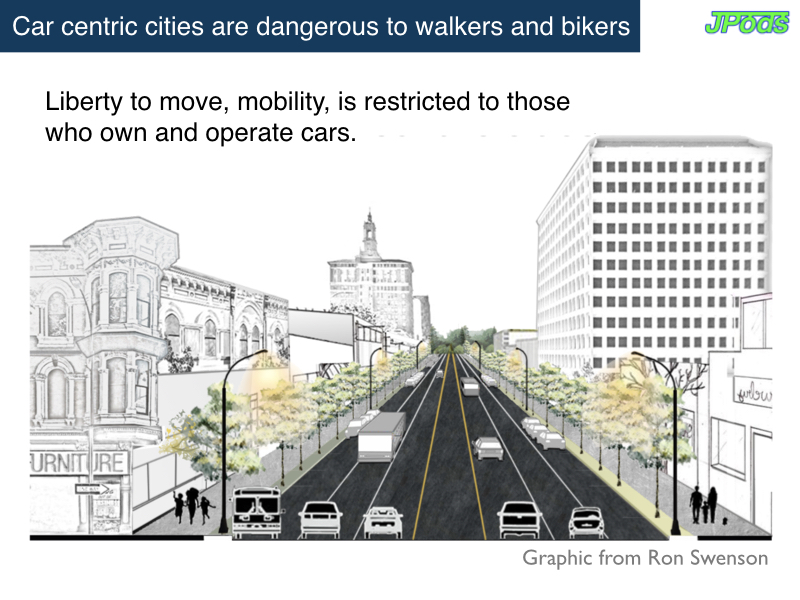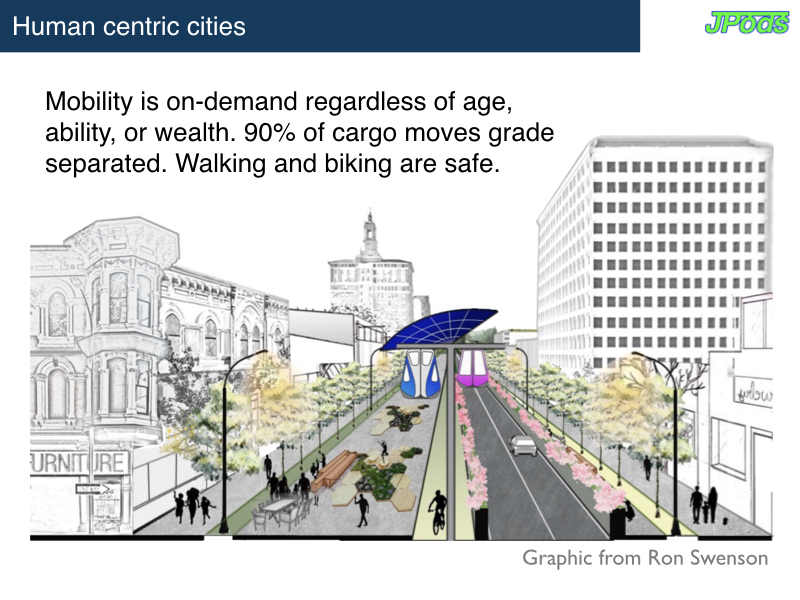Transition and Social Equity
Transition and Social Equity
As the Internet and cell networks equalized access to communications, the Physical Internet will level the playing field for transportation of people and cargo.
As networks deploy mobility will available regardless of age ability or wealth. This applies to both passengers and cargo. As transportation becomes affordable small grocery stores, bakeries, etc… will develop in communities. Mixing people of every social class in local communities will reduce social barriers. Making it so the young, those without a drivers license has access to mobility will level a wall created by the government highway monopoly.




The Physical Internet seems likely to have three layers similar to the Internet:
- Fiberoptic cables for speed. This is ET3, Hyperloop and other evacuated tube networks. These tube networks are pipelines. The skills in Oklahoma building pipelines is direction applicable to building these networks (see image below).
- WiFi for commuter-range transportation of people and cargo: This is JPods, Skytran, Metrino, etc…
- BlueTooth last mile: This is electric bikes, scooter, self-driving cars, drones, etc…
The Physical Internet combines:
- Efficiency of freight railroads. The 140,000 miles of freight railroads in the US average 476 ton-miles per gallon. This is over 140 times the efficiency of driving a car on a road.
- On-demand service of the Internet. Self-driving cars wait for people and cargo to move when and where they require.
- Safety of theme parks. Grade separated guideways reduce variations and remove most safety and congetion issues:
- Thrill rides at theme parks have an injury-rate of 0.2 per million. Theme parks are commuities designed for pedestrian that form a perfect model for sustainable cities.
- Roads have an injury rate of 11,200 per million.
The concept of self-driving cars on grade separated networks is not new. Here is a video of Walter Cronkite covering Tricia Nixon opening the first such network on Oct 24, 1972. JPods, Hyperloop and the Physical Internet build on the success of Morgantown’s PRT.
